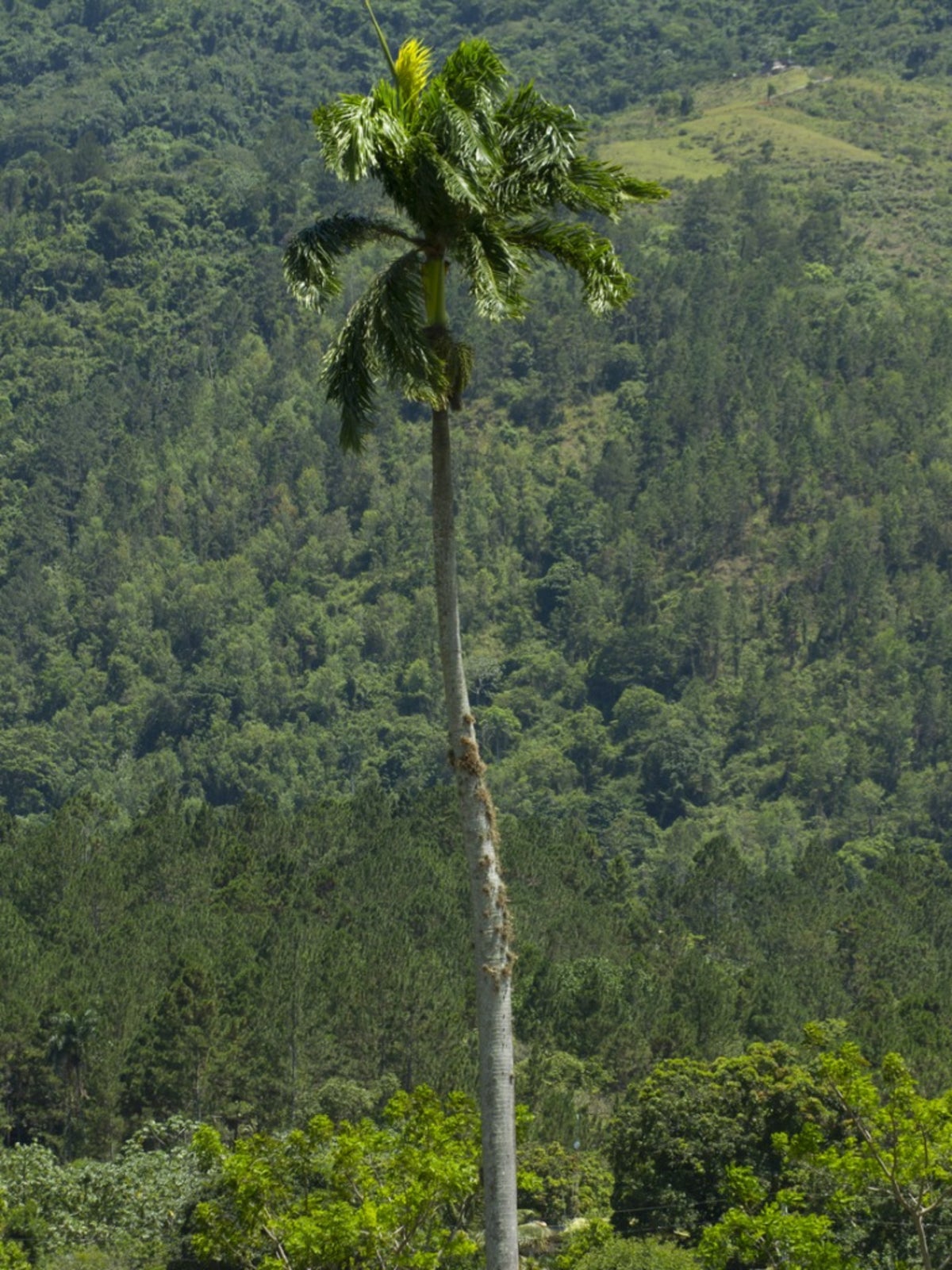Royal Palm Care – Learn How To Grow A Royal Palm Tree


Royal palms are the quintessential tall, straight palm tree – the ones you expect to see lining the street in southern Florida or California. While they have some specific care requirements, these trees are impressive specimens that are worth the trouble for the way they stand out. Keep reading to learn more about royal palm care and tips for growing royal palm trees.
What is a Royal Palm Tree?
That depends upon who you ask. Some classify it as the genus Roystonea, but others say it’s just the species Roystonea regia (both the genus and species imply royalty, so it’s hard to commit). Royal palm trees are very large, reaching 50 to 80 feet (15-24 m.) in height and 15 to 25 feet (4.5-7.5 m.) in spread. The leaves are 10 to 15 feet (3-4.5 m.) long and can weigh as much as 50 lbs. (23 kg.) when fresh. The trees are self-cleaning, which means the naturally dying leaves fall from mature trees at a rate of about once per month. This eliminates the need for pruning, but because of their height and the sheer size of the leaves, they can pose a real danger to pedestrians below.
How to Grow a Royal Palm Tree
Royal palm care can be tricky, as the trees are somewhat prone to disease and mineral deficiency, but they are also relatively tough. They are hardy to USDA zone 10a, or about 28 F. (-2 C.). They can tolerate salt spray, though they don’t do well with salty soil. They can withstand strong winds. The trees grow very quickly, especially if given plenty of fertilizer and water. While moderately drought tolerant, they do best with regular watering and will grow well in damp, swampy areas. When young they can manage with partial shade, but once they reach maturity, they really need full sun – and, of course, royal palms require plenty of room to accommodate their large stature.
Gardening tips, videos, info and more delivered right to your inbox!
Sign up for the Gardening Know How newsletter today and receive a free copy of our e-book "How to Grow Delicious Tomatoes".

The only child of a horticulturist and an English teacher, Liz Baessler was destined to become a gardening editor. She has been with Gardening Know how since 2015, and a Senior Editor since 2020. She holds a BA in English from Brandeis University and an MA in English from the University of Geneva, Switzerland. After years of gardening in containers and community garden plots, she finally has a backyard of her own, which she is systematically filling with vegetables and flowers.
-
 Try The Trend – Turn Any Bed Into A Keyhole Garden With This Clever In-Ground Composter
Try The Trend – Turn Any Bed Into A Keyhole Garden With This Clever In-Ground ComposterKeyhole gardening is an efficient and sustainable practice that saves space. Get started on this DIY project quickly and easily with an in-ground composter.
By Bonnie L. Grant
-
 4 Superfast Composting Methods: Turn Waste Into Garden Gold In 30 Days Or Less
4 Superfast Composting Methods: Turn Waste Into Garden Gold In 30 Days Or LessTry the fastest composting methods to turbocharge your pile and transform kitchen scraps and garden waste into finished compost in just a few weeks.
By Mary Ellen Ellis